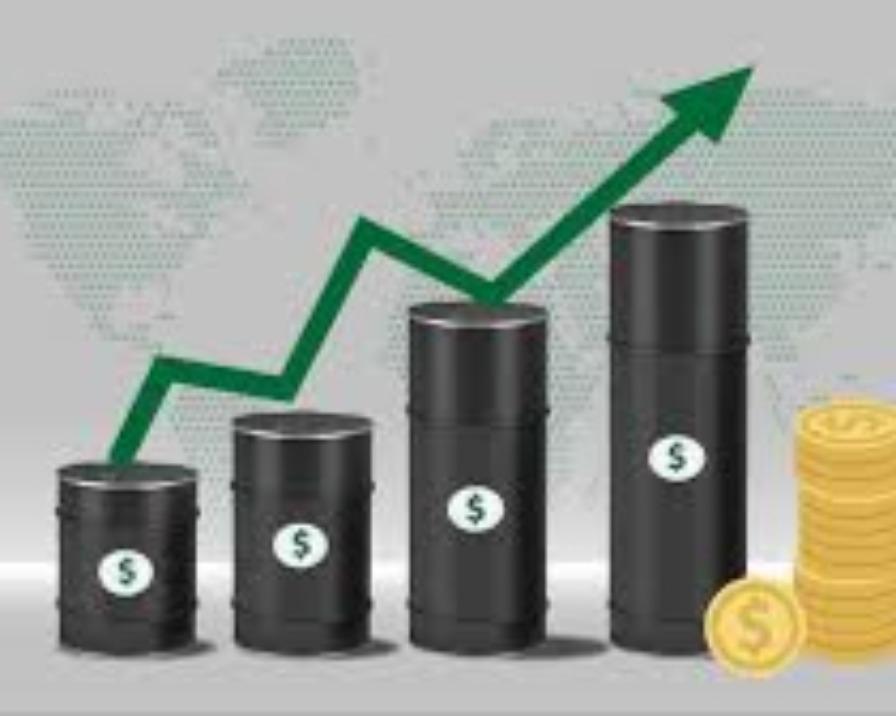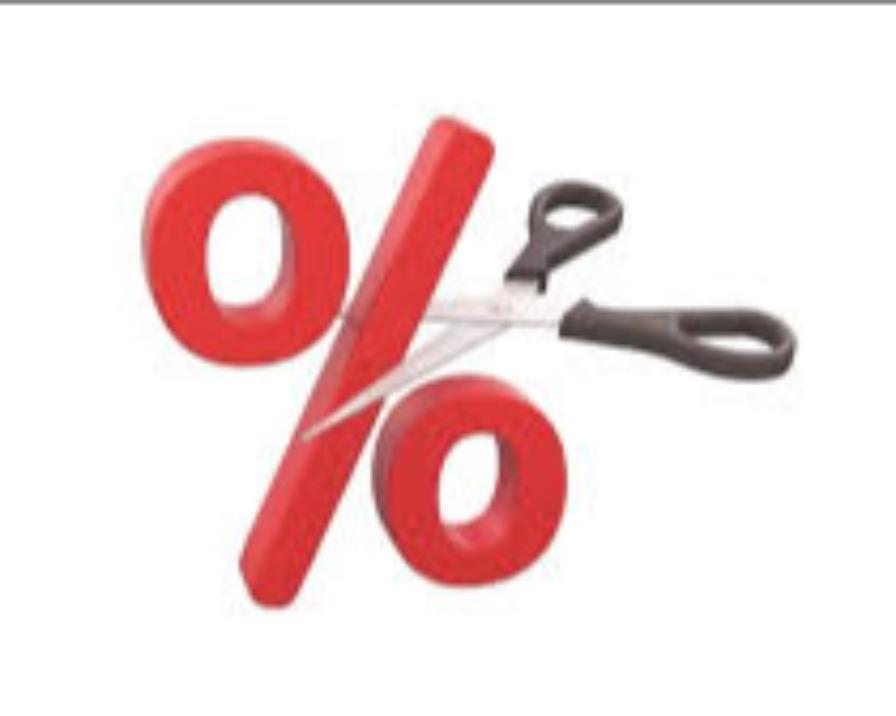Amidst the complex tapestry of global oil markets, recent developments have ushered in a period of heightened volatility and uncertainty, reshaping the landscape for stakeholders across the energy spectrum. At the center of this intricate dance lies the oil tanker NS Century, whose arrival at the Chinese port of Qingdao has become emblematic of the multifaceted forces shaping the global energy landscape.
Operated by Russian shipping group Sovcomflot's Dubai-based subsidiary SCF MGMT, the NS Century carries approximately 700,000 barrels of Russian Sokol crude, making it the fourth U.S.-sanctioned tanker to dock at Chinese ports this month. Against the backdrop of U.S. sanctions and geopolitical tensions, the vessel's arrival underscores the strategic maneuvering necessitated by the complexities of international oil trade. While previous ships had docked under temporary waivers of sanctions, NS Century's arrival represents a nuanced balancing act amid shifting geopolitical sands.
The geopolitical intricacies surrounding NS Century's arrival are mirrored in the broader volatility of oil prices, which have experienced significant fluctuations in recent days. Oil prices surged more than 3% on Wednesday, with Brent and West Texas Intermediate (WTI) crude futures settling at their highest levels since late-November. However, despite these gains, prices retreated slightly on Friday, albeit remaining on track to register significant weekly gains.
Sharp declines in U.S. crude and fuel inventories, coupled with drone strikes on Russian refineries, have propelled prices upwards, underscoring the delicate equilibrium between supply and demand dynamics in the oil market. The International Energy Agency (IEA) has revised its outlook on oil demand growth in response to these disruptions, projecting a rise of 1.3 million barrels per day in 2024. Yet, despite these upward revisions, concerns linger over the broader economic outlook and its implications for oil demand.
The economic undercurrents shaping the global oil market are further underscored by recent developments in the U.S. energy sector. The Energy Information Administration (EIA) reported unexpected declines in crude oil stockpiles last week, driven by increased refinery activity and rising demand for gasoline. While these developments signal resilience in the U.S. energy sector, concerns persist over the broader economic trajectory and its impact on oil demand.
Moreover, decisions by the U.S. Export-Import Bank to approve a $500 million loan guarantee for an oil and gas drilling project in Bahrain have reignited debates over the intersection of economic interests and environmental imperatives. Despite pledges to curb fossil fuel investments, the approval of the loan guarantee underscores the complex trade-offs inherent in energy financing decisions. As the global community grapples with the imperatives of sustainable development and climate action, such decisions highlight the challenges of reconciling competing priorities in an increasingly interconnected world.
Amidst these geopolitical maneuverings and economic uncertainties, the global oil market faces a complex and uncertain future. As geopolitical tensions show no signs of abating and economic indicators send mixed signals, stakeholders must adopt a nuanced and adaptive approach to decision-making. Vigilance, resilience, and a keen understanding of the interplay between geopolitical, economic, and environmental factors will be essential for navigating the complexities of the global oil market landscape in the days and months ahead.
Russia's energy ministry said Russia's seaborne fuel exports fell 1.5% from the previous month in February because of refinery downtime stemming from Ukrainian drone attacks and fires. The damage to refineries could cut Russian gasoline production by more than 10%.
Meanwhile in the U.S., crude and gasoline inventories plunged last week, government data showed on Wednesday, with sharply higher pump prices expected in the coming weeks as major refinery outages have cut supplies ahead of the summer driving season.
U.S. producer prices rose 0.6% in February, partly because gasoline prices increased by more than forecasts for a 0.3% advance.
Traders now see a 63.5% chance of the Federal Reserve cutting rates in June, according to the CME FedWatch tool, down from 67% prior to the data. Lower interest rates cut consumer borrowing costs, which can boost economic growth and demand for oil.
Near-term growth in global oil and liquids production will be driven primarily by the United States, Guyana, Canada and Brazil, offsetting voluntary production cuts by OPEC+, the U.S. Energy Information Agency forecast on Thursday.



